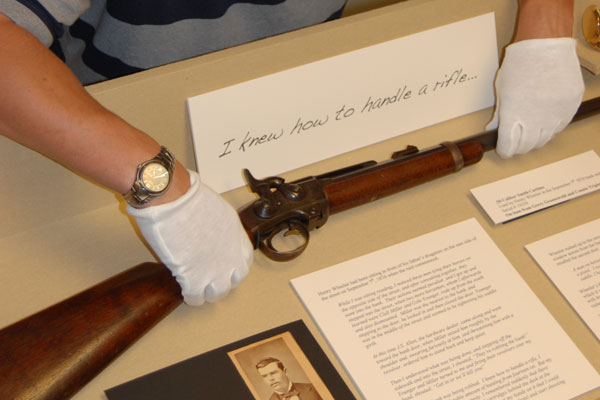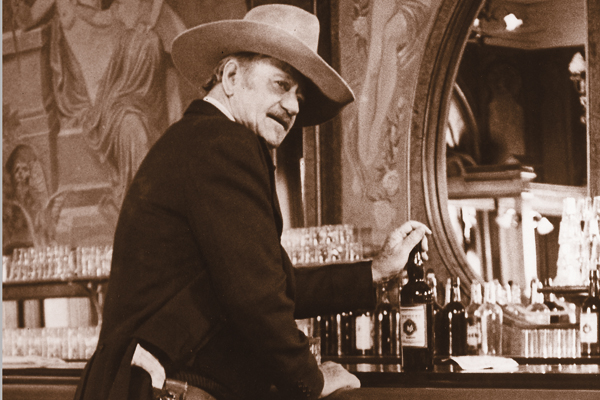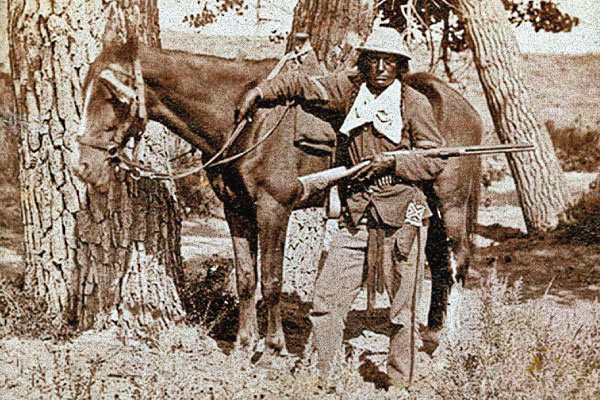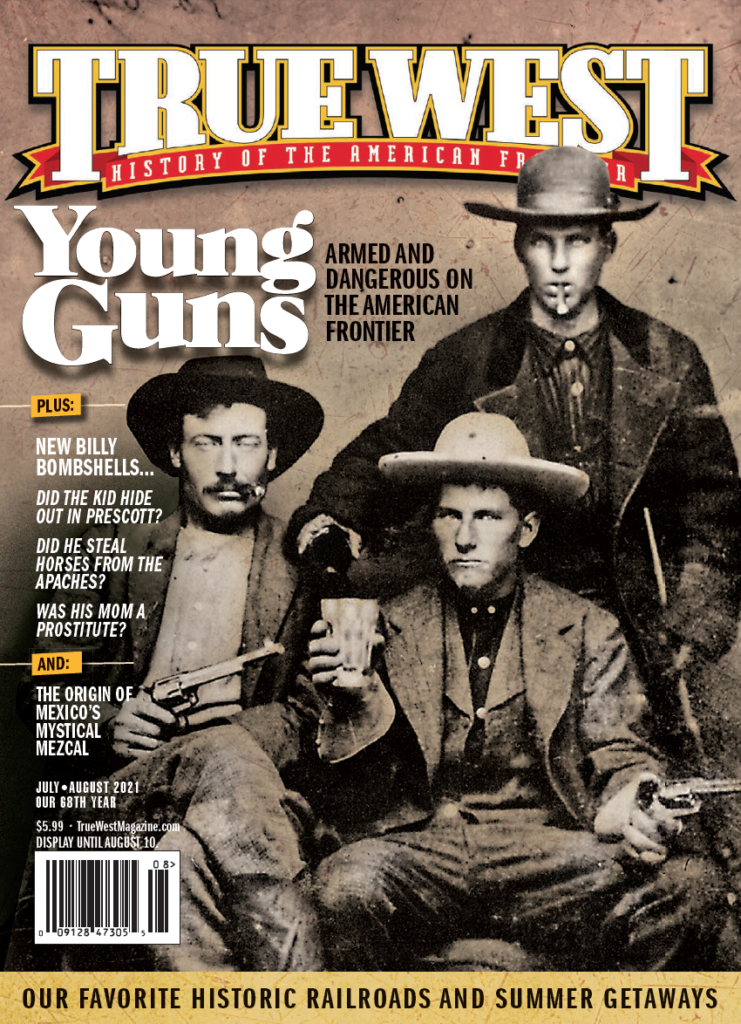This handsomely rugged 1840s muzzleloader was prized by frontiersmen and military riflemen alike and helped phase out the smoothbore musket.
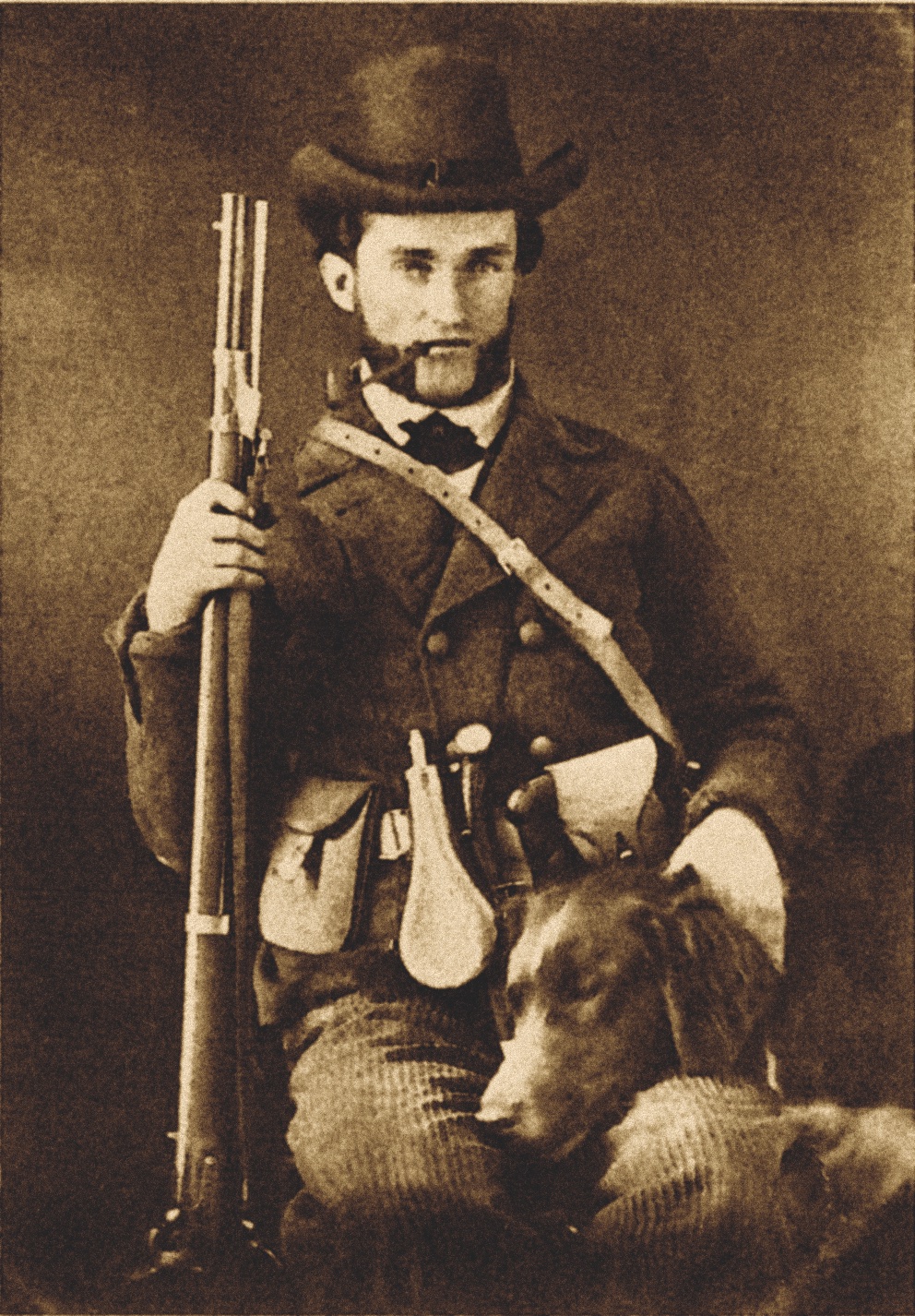
Courtesy Herb Peck, Jr. Collection
Although it was officially designated as the U.S. Model 1841 Rifle, it’s best known as the “Mississippi Rifle,” and has borne that moniker for almost as long as it has existed. This percussion muzzleloader was not only favored by government troops, it was much sought after by civilian trekkers crossing the frontier. In its original .54-bore configuration, using a 75-grain charge of black rifle powder, the rifle earned its most popular nickname through its service with Col. Jefferson Davis’ red-shirted militia in the First Mississippi Regiment during the campaigning in Mexico in 1847 and 1848.

Courtesy Rock Island Auction Company
Considered one of the most accurate arms of the Mexican-American War, the Model 1841, originally a .54 bore, patched round ball muzzleloader, was by the mid-1850s, largely being rebored to .58 caliber, and converted to fire a modified Minie bullet. These updates gave the model—already considered a long-range rifle—effectiveness out to around 500 yards. Thus, the famed “Mississippi” became the U.S. government’s first muzzle-loading Minie rifle. Regardless of bore size, or projectile configuration, the Model 1841 rifle was one of the best longarms of its time, and did much to help phase out the smoothbore musket. Also dubbed the “Yager Rifle,” adapted from the German word Jaeger, meaning hunter, along with the terms “Whitney,” or “Windsor” rifle, this longarm was the standard-issue rifle to the Regiment of Mounted Riflemen (later redesignated 3rd U.S. Cavalry) who stormed the walls of Chapultapec, Mexico, armed with 1841s. Initially, the model was not intended for use with a bayonet, but in later years, alterations were made to many of them to accommodate a sword-type blade, along with more sophisticated, adjustable rear sights on those re-rifled and modified for the .58 caliber Minie ball.
Distinguishing features of the Mississippi include its brightly finished brass mountings, and a large brass patchbox on the right side of the butt, which also holds an extra percussion nipple. It was fitted with a browned, 33-inch round barrel, rifled with seven grooves, and a steel ramrod of the trumpet head type. ’41s made until 1855 had brass-tipped ramrods, while those produced after that date were all steel. Originally, locks were case-hardened, and screws had blued heads.


A total of 25,296 Model 1841s were manufactured at the U.S. Arsenal at Harpers Ferry, Virginia, from 1846 to 1855. Starting in 1841, however, until about 1862, approximately 68,000 additional 1841s were produced for the U.S. government under various contractors such as Whitney, Remington and Tryon, along with firms like Robbins, Kendall and Lawrence, of Windsor, Vermont (thus one of the gun’s monikers). A small number were made for South Carolina’s militia at that state’s Palmetto Armory. A number of rifles that failed to pass government inspection, due to fit, finish or perhaps a minor blemish, such as a scratch or dent in the stock, were returned to the manufacturer, but were quickly sold on the civilian market. In an attempt to aid those frontiersmen and emigrants crossing the untamed West, the federal government authorized the sale of surplus military arms to civilian emigrants at greatly reduced prices. Many Mississippi rifles were purchased from U.S. arsenals throughout the country and eventually saw use in places like California’s lusty goldfields. During the U.S. Civil War, the rifles were prized by Confederate soldiers and were put to effective use by these rebel riflemen. Considered by many modern arms students as the handsomest of all U.S. military muzzle-loaders, the Mississippi rifle was held in extremely high regard by shooters of the 19th century. As one 1840s frontiersman said of the 1841 Model, it was “a weapon I cannot too strongly recommend for every description of frontier service, from its great accuracy and little liability to get out of order—an important point in a country where no gunsmith can be found.”
Phil Spangenberger has written for Guns & Ammo, appears on the History Channel and other documentary networks, produces Wild West shows, is a Hollywood gun coach and character actor, and is True West’s Firearms Editor.


